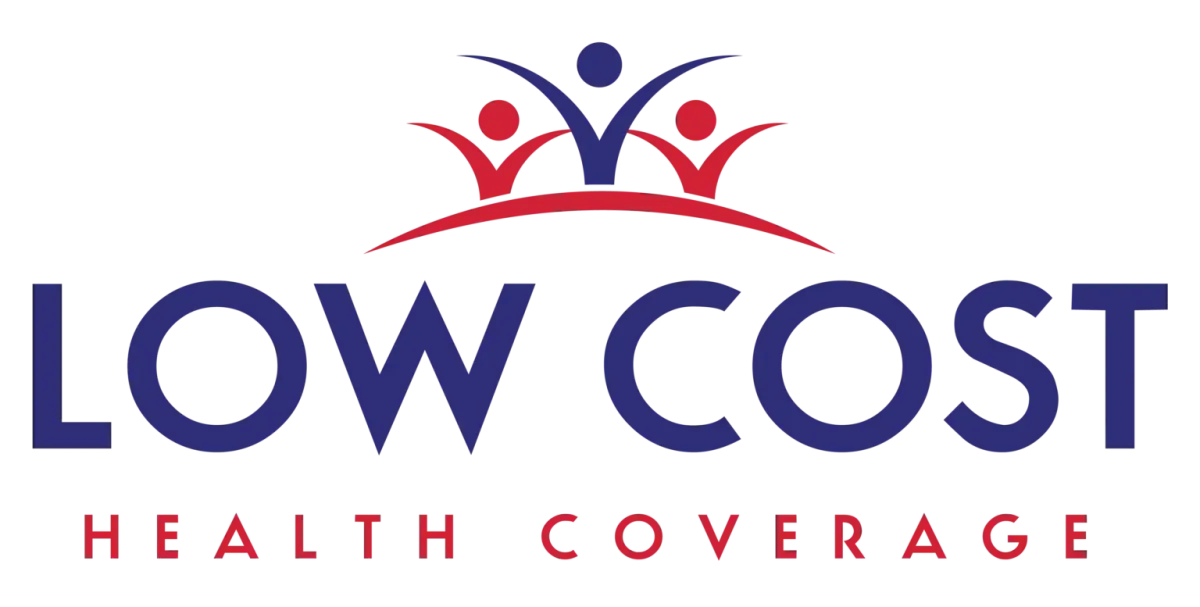Latest Medicaid reform news and what it means for you
Latest Medicaid reform news & what it means for you
If you’ve never had Medicaid, never followed health policy headlines, or just assumed government insurance didn’t apply to you, you’re not alone. Millions of Americans don’t realize how much Medicaid can mean, until they face a medical bill they can’t pay, or a diagnosis that makes coverage a lifeline.
But this year, everything about Medicaid is shifting faster than ever. From new work requirements to expanded postpartum benefits, 2024 and 2025 are bringing sweeping changes you can’t afford to ignore. Whether you already have Medicaid or you’re wondering if you could qualify, this is the moment to get up to speed, before you risk losing coverage or missing new opportunities.
Let’s walk step by step through what Medicaid is, why it matters more than ever, and how Medicaid reform 2025 could impact you and your family in ways you may not expect.

What is Medicaid insurance?
Think of Medicaid as a safety net woven out of state and federal funds, a program created to catch people when life gets financially hard or when health problems threaten to derail everything else.
Medicaid isn’t the same as Medicare. While Medicare mostly serves people over 65, Medicaid is designed for families with low income, children, pregnant women, seniors needing long-term care, and people living with disabilities. If you’ve ever wondered whether you’d qualify, you’re not alone, many who are eligible have never applied simply because they didn’t understand what it was or how it worked.
Unlike private insurance, Medicaid doesn’t have a fixed enrollment season, and you can apply anytime. Keep in mind that qualifying for coverage depends on more than just income. Your household size, unique circumstances, and the rules set by your state all play a role. Each state has different thresholds and requirements you’ll need to meet.
Why is Medicaid important?
Medicaid does far more than just pay for doctor visits. For over 80 million people, it’s the difference between getting care and going without. It pays for preventive screenings that catch diseases early, covers prescriptions that keep chronic illnesses under control, and helps families avoid medical debt that can linger for years.
Beyond health, Medicaid gives families economic stability, especially when a sudden illness or accident threatens to wipe out savings. It’s also a critical bridge for children, ensuring they can see a doctor and get vaccines without parents worrying about the cost.
This is why every headline about Medicaid cuts news deserves your attention. When funding or rules change, the impact ripples into every community, every clinic, and every household that depends on this vital support.
Latest Medicaid reform news in 2024–2025
Medicaid makes headlines all the time, often wrapped up in political arguments or budget negotiations. But this time, the issues at hand are more urgent than ever, with consequences that reach far beyond the headlines. Let’s walk through what’s happening in everyday language so you can understand how it might impact your life.
Medicaid redeterminations after the pandemic
During COVID, emergency rules kept millions enrolled even if their income changed. Those protections have ended, and now every state is re-checking who still qualifies. If you don’t update your paperwork, you could lose coverage overnight, even if you’re still eligible.
New work requirements in some States
Several states are proposing or restarting requirements for adults to work or participate in community activities to keep their Medicaid. If you live in one of these states, you’ll likely have to report work hours or prove an exemption, or risk losing your plan.
Expanded benefits in select States
On the brighter side, some states are adding benefits like extending postpartum coverage to a full year, adding dental care, and improving access to mental health treatment. These expansions can make Medicaid more valuable than ever if you qualify.
Medicaid unwinding and enrollment challenges
The end of pandemic-era protections sometimes called the “unwinding” means millions are receiving notices about renewal or termination. Many people lose coverage simply because they don’t open the mail or don’t understand what to do.
Proposed federal changes to simplify enrollment
Lawmakers are also working to streamline the process. The goal is to make it easier to renew coverage, verify income, and keep children insured without repeated paperwork.
If you remember just one thing about Medicaid reform 2025, remember this: no matter where you live, change is coming, and you need to be ready.
How Medicaid changes affect me
If you already have Medicaid, you’ll almost certainly be asked to reverify your income and household details. If you don’t reply, you could be disenrolled—often without warning. If you don’t have coverage today, the new rules might work in your favor. Expanded benefits or simpler applications could make it easier to enroll, especially if you’re pregnant, caring for a child, or dealing with a health condition.
And if you earn just above Medicaid limits, you might still qualify for ACA Marketplace subsidies, another form of help that reduces premiums. But with Medicaid cuts news making headlines, it’s essential to stay alert. Not every state is expanding coverage. Some are scaling back, which could leave gaps in care if you don’t plan ahead.
How to find out if you qualify for Medicaid
The Medicaid application process doesn’t have to be complicated, but you’ll want to know the basics before you start:
1. Income Requirements: Every state uses different income guidelines that consider how many people live in your household and other details about your situation.
2. Residency and Citizenship: You must live in the state where you apply and be a U.S. citizen or a qualified immigrant to qualify.
3. Special Eligibility: Circumstances like pregnancy, disability, or caring for children often expand who can get coverage.
If you need help, you can find clear instructions and support on Medicaid.gov or your state’s official Medicaid site. Applications are accepted year-round—there’s no need to wait for an enrollment period.
Medicaid benefits and drawbacks
Medicaid is an essential program that helps millions, but it’s important to be aware of both the positives and the potential drawbacks:
Pros
1. Health insurance at little or no cost, making medical care accessible when you need it most.
2. Includes important services such as preventive care, mental health treatment, and often dental or vision for children and sometimes adults.
3. Covers long-term care expenses that private insurance rarely includes.
Cons
1. Fewer providers accept Medicaid, so you may need to search for doctors who participate.
2. Renewal paperwork can be confusing, leading some people to lose coverage unintentionally.
3. Rules, benefits, and eligibility vary widely from state to state, creating inconsistency.
Conclusion
If you haven’t paid attention to Medicaid changes before, now’s the time to start. With upcoming Medicaid reform in 2025 and the potential for benefit reductions, your health coverage could be at risk even if you’re currently enrolled.
Knowledge is power, and a few simple actions can ensure you’re not left uninsured when it matters most.
What to do next:
1. Collect accurate income and household size information, it’s essential for eligibility checks.
2. Make sure your Medicaid account includes up-to-date contact info.
3. Watch carefully for any letters, emails, or text alerts about renewals or changes.
4. Reach out to a Medicaid navigator or trusted clinic for free help if anything is unclear.
Don’t let a missed deadline or outdated address jeopardize your health coverage. Stay informed, stay prepared, and stay protected.
Share


Shop plans
When you're ready to explore and enroll in an affordable Individual or Family health plan, Low-Cost Health Coverage offers a variety of budget-friendly options designed to meet your needs. We're here to guide you every step of the way.

FOLLOW US
COMPANY
CUSTOMER CARE
LEGAL
Copyright 2025. Low Cost Health Coverage. All Rights Reserved.






